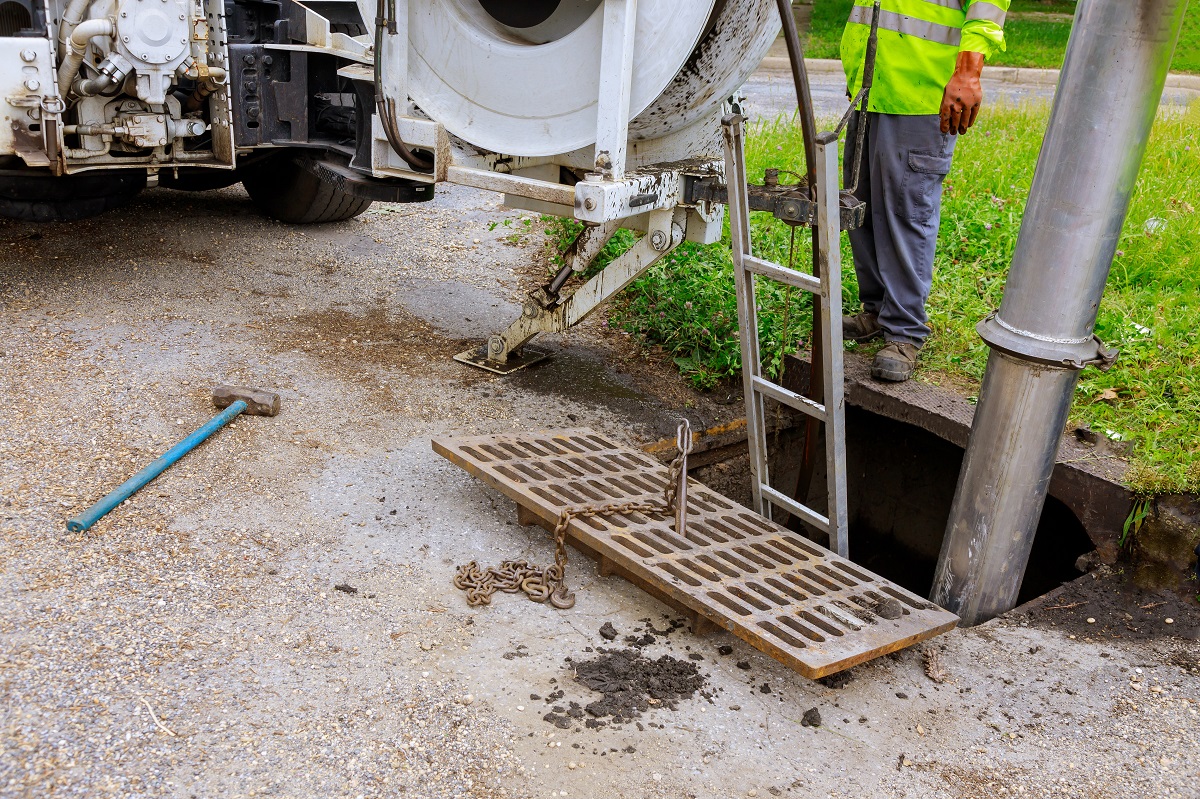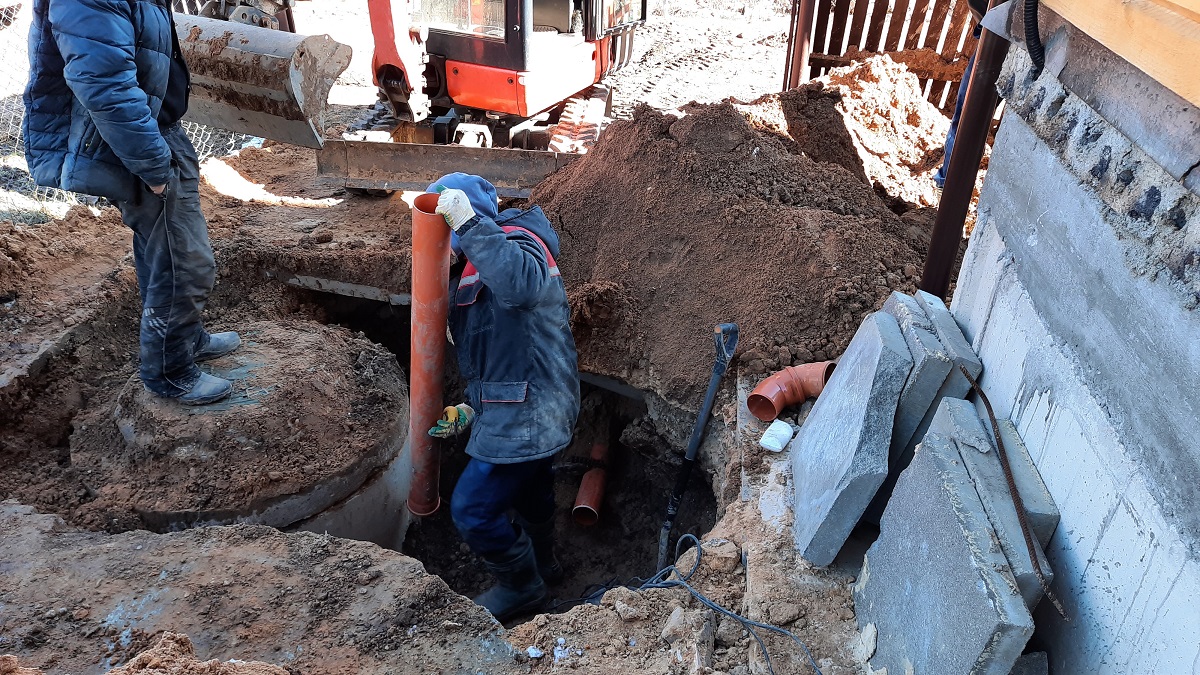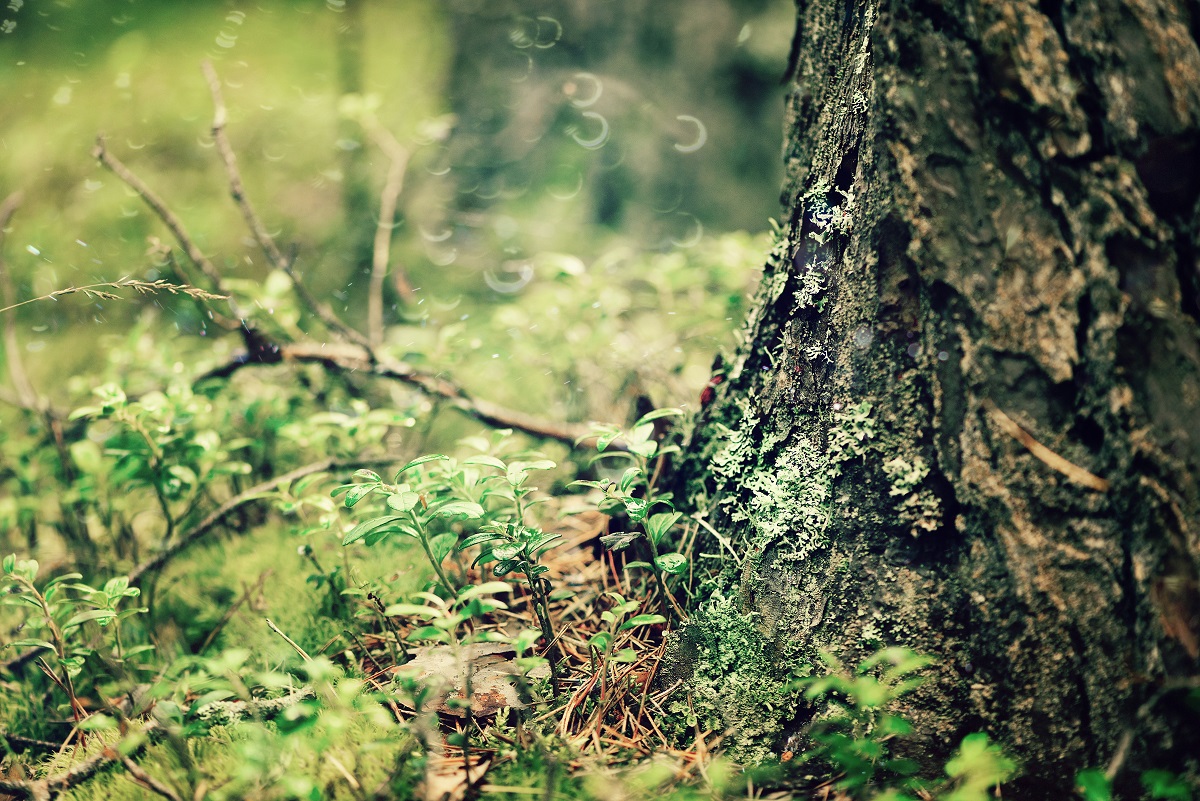
5 Tips to Prevent Tree Roots in Sewer Pipes
What are tips to prevent tree roots in your sewer pipes?
- Know Where Your Plumbing Is
- Create a Barrier
- Control Your Tree Roots
- Know The Signs
- Have Regular Inspections and Maintenance
Tree roots invading your sewer pipes is one of the most damaging — and expensive! — problems you could experience in your home. These tree roots can cause sewer backups, penetrate additional pipes, and cause numerous problems for your sewage systems and your property. If you have concerns that tree roots could be a current or future issue for your home plumbing, read these tips to prevent tree roots in your sewer pipes to proactively prevent or remedy this problem in your home.
Know Where Your Plumbing Is
This might seem like a basic tip, but you’d be surprised how homeowners do not know much about the structure and foundation of their homes. Often, many will not know how their plumbing system looks like, much less where the pipes are on their properties. Without knowing where your plumbing is, you will not be able to know if the plants and trees in your yard are starting to encroach on your pipes.
If you have them, taking your home blueprints and a tape measure out into your garden is a great way to map out the positions of your pipes relative to your plants. Double-check if there are any trees or plant beds that sit right on top of where your pipes are before taking additional measures.
If you’re missing these records, try contacting your homeowner’s association, or the contractor and architect of your home, to see if they still have the blueprints of your home at hand. It’s likely that at least one of them has the plans in their archives. These plans are needed to determine whether your trees need to be moved, or if no additional steps need to be taken.
Create a Barrier

If you find that your plants sit too close or on top of your pipes, one way to prevent future tree root invasion is to create a barrier. This barrier will serve as the best deterrent against tree roots and will allow you to avoid completely uprooting your trees. This bonus will help you save a lot of time and effort.
These barriers can be made out of simple wood planks or metal and plastic sheets. Drive these barriers into the ground in between your tree and the pipe, making sure that it can sit from half a foot to a foot deeper than the adjacent pipe. These should be strong and thick enough to deter the root growth of a tree.
Another type of barrier that you could use is a slow-release chemical. These chemicals inhibit root growth and are typically in the form of chemical-covered cloths. The chemicals don’t harm your plant health, but they do curb the growth of tree roots. The chemicals used in this type of barrier are cupric carbonate (CuCO3) and trifluralin (a common herbicide).
You could also use root traps and screens to control root growth. These are welded fiber sheets and strong woven fabrics that are used to girdle tree roots. They encase root tips and prevent them from growing too large or in a certain direction.
Control Your Tree Roots
Your tree roots can also be directly controlled to prevent them from invading your pipes. Your pipelines can attract tree roots as they are a source of water and nutrients, which makes them an ideal source for your tree. Pipes with leaks and cracks can add to this problem because they are easier for tree roots to grow into.
The easiest way to control your tree roots is to keep new saplings away from your pipes. This is a viable option for those building new homes, or those adding new landscaping and plants to their yards. However, if your home is already established and your garden has been planted, it may be too late to use this method.
Instead, another method you could use is to manually redirect or remove the tree roots. This method can be used on tree roots that have already made their way into your pipes, as this is the only method that can remove an existing tree root problem. This can be done with the assistance of a plumbing technician through traditional or trenchless sewer line repair methods.
The last thing you could do is remove the roots altogether. This may be necessary to clear your pipes for repair if the growth is extensive. Mechanically controlling your roots can be done using augers and root cutters, or by contacting a root removal specialist to remove the roots for you.
These specialists can use mechanical tools to cut away roots or use hydro jetting to clear a pipe. Hydro jetting uses a powerful stream of water to push out any tree roots and other debris from inside the pipe.
Know The Signs

Another good way to prevent this problem is to know the tell-tale signs. If you know what to look for, then you know when to take action and what method to use to address the problem. Tree roots can cause many issues for your house, which you should keep an eye out for when checking your plumbing.
Common effects of tree roots in your sewer pipes are drained clogs, which should be repetitive if the clog is caused by roots. Another sign to look out for is overflowing and slow-flowing drains. These are caused by the roots blocking large sections of your sewer pipes and preventing proper water flow. Another sign is if you hear gurgles in your toilet, which come from overflowing pipes.
Have Regular Inspections and Maintenance
If you notice any of the mentioned signs, then it would be a good idea to call someone to inspect your pipes. Frequent clogs, slow draining, overflowing pipes, and gurgling are all good indicators of a serious plumbing problem. If it’s not tree roots in your pipe, it could be another cause. Call plumbing technicians to inspect your pipes so that they can make recommendations to solve the problem as well as assess for any irreparable pipe damage. This pipe damage will need to be addressed with replacements, followed up by proper installment and maintenance to avoid similar problems in the future.
Key Takeaway
Knowing the signs and taking preventative measures are just the start to protecting your pipes from tree roots, but each step you take is invaluable to maintaining the quality of your home. Make sure to follow these tips to prevent tree roots in your sewer pipes to keep your pipes safe and operational.
If you find that you do have a tree root problem and need to replace your pipes, reach out to Supreme Pipe today for quality pipe replacements! With our high-quality and durable pipes, you can rest easy knowing that we can service your home for the years to come.


